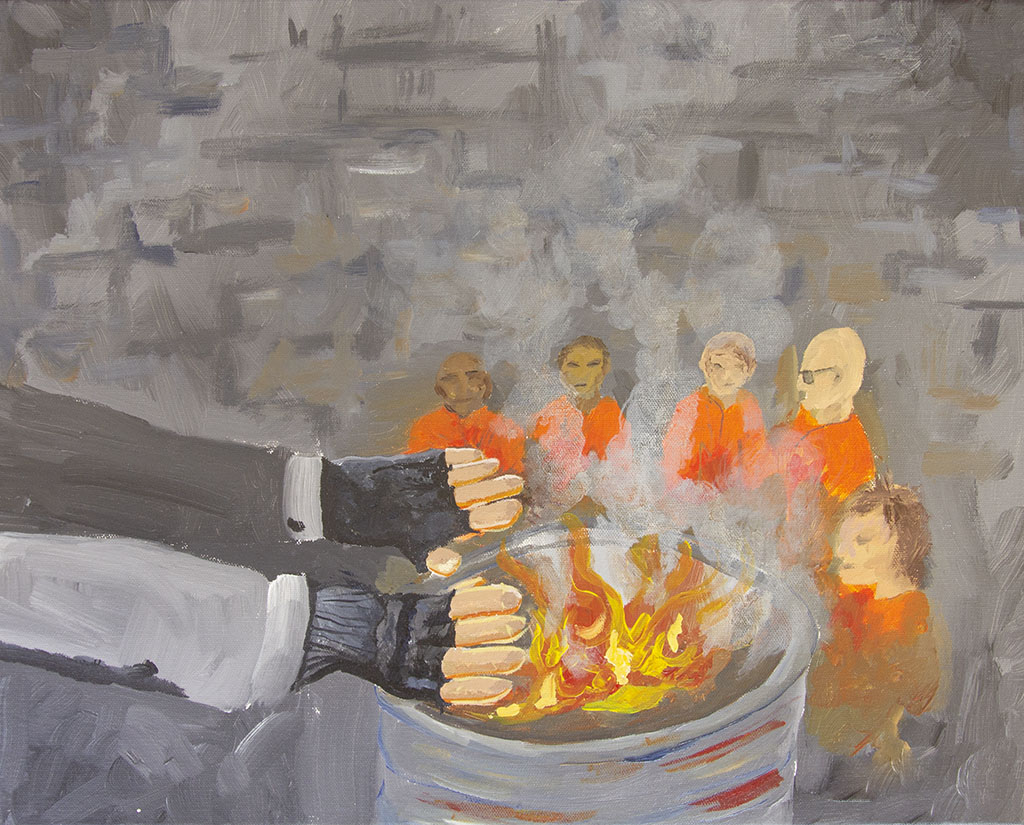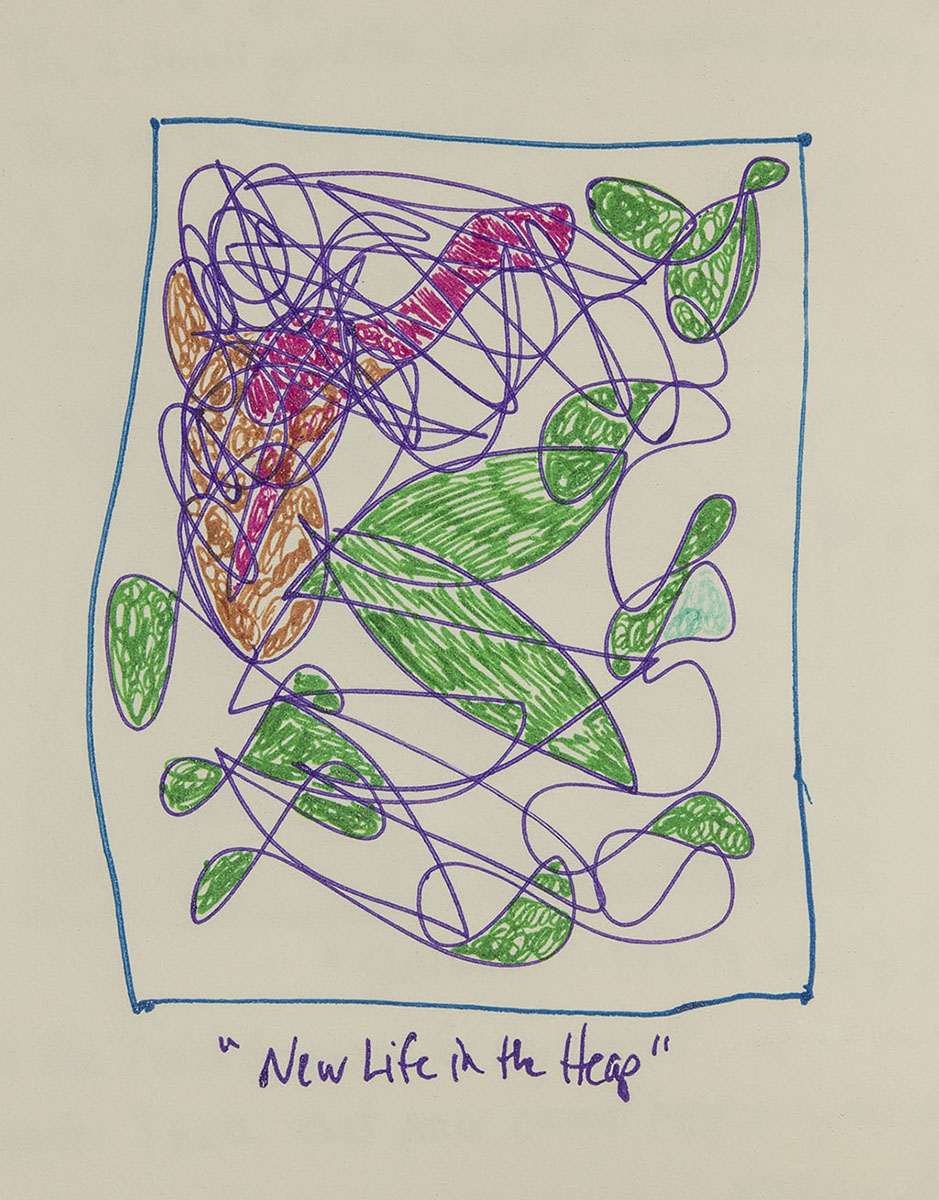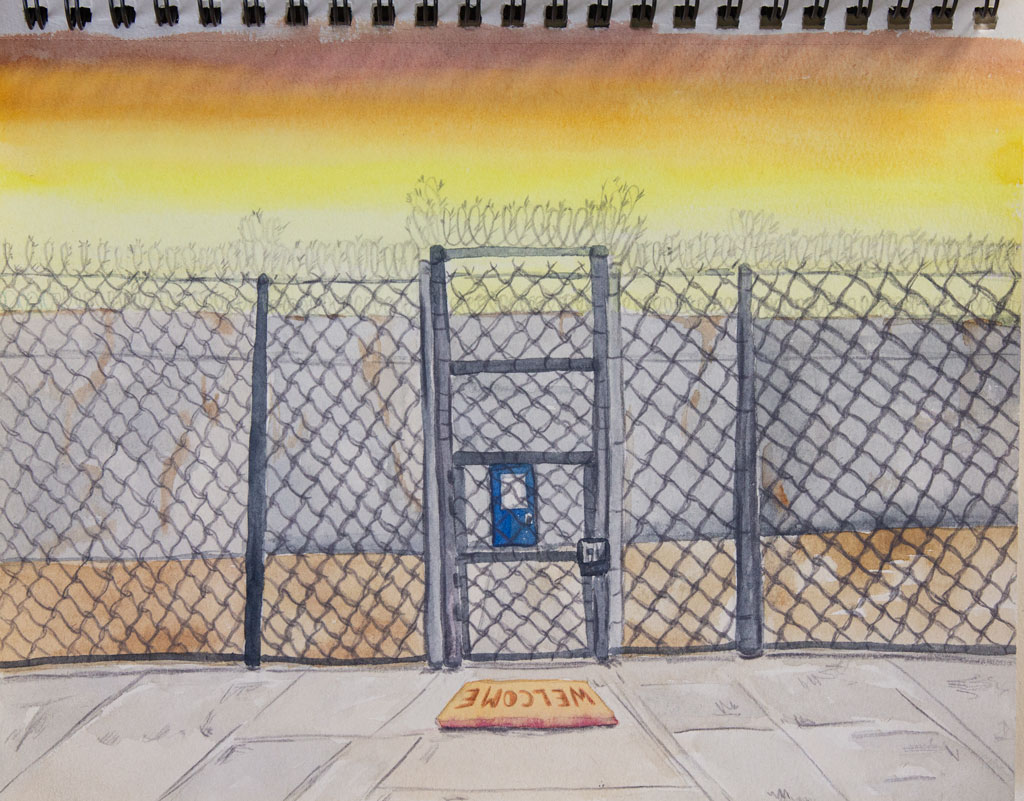“Shoot the Breeze”
Follow the rules
So you’re not missed
Amongst those on the list.
Line up against the wall
Follow the leader
With security in tow.
One hour a week
To take the walk
Down the halls
Through lots of locks
To find a break from the dorm
A silence begins to form
What’s that you say
“I’m good”
Ain’t that enough for the day?
Then this crew began
To reminisce about a can
A barrel precisely
For burning refuse wisely.
Then with a turn of the head
You can’t understand
Our musings said.
Silence broken
Then laughter rolled
So follow the rules
Humanity restored.
Make a Walk
This morning, I dropped off my patient list at the security tower in the jail. I stopped in a few minutes early to remind the deputy the therapy group was about to begin. He walked down the iron steps from the tower. The heavy green painted dorm door was popped and a boisterous yell ensued calling the names off my group list. Patiently, I waited with all my belongings in tow. Then, inmates began to exit the dorm and line the walls. Security performed a pat search and then escorted them in a line much like the days of elementary school. To make the walk, I followed behind the deputy to the last cinder block room. It was a painfully slow walk for me, but the inmates seemed to enjoy the stroll. They looked at new sights, sometimes seeing friends at other dorm doors shouting “what’s up.”
Cinder Block Classroom
At the end of the hall, the classroom opened to a sea of bland block walls, folding tables and green plastic chairs. To my delight, I found a room of nothingness; because some days, this room doubles as a barber shop with “fresh clippings” unswept. Today, quiet cheerfulness seems to be the mood. Inmates know they have to “turn off” dorm life and now come to “civil life.” One wrong move and they might lose the freedom to get out of the dorm, catch a disciplinary action or worse, get reassigned to confinement for their misdeeds.
No Politics or Religion
In group, inmates are directed to create a scribble with their nondominant hand. As the scratching of colored pencils begins to subside, silence fills the room. Today, there seems to be a reluctance to participate. Inmates are glad to be there but don’t want to “put themselves out there.” A lone voice speaks up. “I’d like to talk but I can’t because it’s about religion.” One of the group rules is not to discuss politics or religion. Usually when I review this rule, a sigh of relief fills the room. Many inmates have shared about the how these hot topics implode in the battleground dorm.
A Scribbled Mess
Considering the group contract, I realized this rule may be impending a freedom to share. So, I explained we are not here to banter the ‘should’s’ or ‘should nots’ about religion or politics. However, spiritual or religious ideas are important to each individual and should not be discounted. The inmate felt relieved, “so I can talk about how my image relates to my faith?” “Yes,” I replied. He stayed on topic and spoke freely about how he realized he needs to mature in his faith. Looking at his scribble, he could see what a mess he has made of his life. He is saddened about taking another trip to prison. Other group members begin to open up. Many in the room have either been to prison, are fighting a legal battle to keep from going to prison, or already sentenced and waiting on the “bluebird” (prison bus) to show.
Humanity over a Burn Barrel
As the leader, I noticed that I am beginning to shrink into the background. The discussion gets heavy. Then one inmate, who wears sunglasses (all the time) speaks up. He reminisces about how they (on the outside) hung out many a’ night by the burn barrel. Inmates began to laugh and speak lovingly about sitting and watching their trash fire. The group evolved from coldness to warm laughter. They forgot I was there. Then, out of the side of the first inmate’s eye, he turned to me and laughed, “she doesn’t even know what a burn barrel is.” He meant it with all sincerity and I responded in the moment by laughing out loud. Nothing had to be said. We all laughed. Holding the space, the art therapy hour moved a group of inmates away from their manipulative ways, a myriad of feelings were expressed and many thoughts were heard, “humanity restored.”
Art Therapist with Conviction
In my painting, “Shoot the Breeze,” I imagined our group sitting around the burn barrel. I tried on the fingerless gloves. With hands outstretched warming over the fire, I sat in the dark and witnessed the fire growing. I’m reminded of Shaun McNiff’s (2015) ‘principle of simultaneity.’ The idea is we have the choice of witnessing everything in the moment while also sacrificing some things because so much is happening at the same time. With so much going on, I knew some things could be missed and also felt honored to hold the space. When I heard, “she doesn’t even know what a burn barrel is,” I reacted to the space created by this group of incarcerated inmates. For, I laughed with them. In a place of so much meaninglessness and emptiness, a group making art tapped into their free choice to create. Opening up about their ultimate concerns, this group discovered meaning and purpose from a little scribble this day.
References
McNiff, S. (2015). Imagination in action: Secrets for unleashing creative expression. Boston, MA: Shambhala Publications, Inc.



